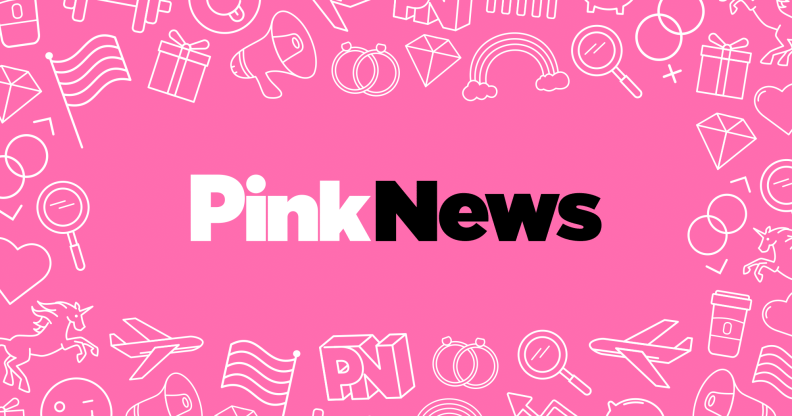Most gay and bi Millennials think the LGBT community is ‘invisible’ in ads

The majority of young gay and bi men think the LGBT community is “invisible” in advertising.
In a survey of 2,000 men aged 18 to 34 on Grindr, 52 percent put forward this view, which creates a damning indictment of brand for their lack of LGBT representation in adverts.
When asked if they would have come out sooner if they had been exposed to brands showing LGBT people like them while growing up, more than half – 54 percent – said they would have.

Two-thirds of respondents also said there were not enough LGBT people in marketing campaigns.
This is significant for financial as well as ethical reasons, as half of those surveyed said if a company represented LGBT people more often, they’d be more inclined to buy from that firm.
And 69 percent said brands have a big part to play in challenging and progressing society’s views.
However, more than four in 10 people warned that they found the term “pink pound” – used to describe the LGBT community’s purchasing power – to be offensive.
The survey, conducted by creative media agency UM London, shows that the lack of representation of LGBT people revealed last year has been recognised by the public as well.
A study by Lloyds Banking Group found that despite an estimated 1.7% of people in the UK identifying themselves as LGBT, just 0.06% of people featured in advertisements are visibly LGBT.

The report hailed Wells Fargo’s ad, released last year, as a good model for diversity.
The advert features a same-sex couple learning sign language as they prepare to adopt a deaf girl.
Brands may be worried about a backlash from certain sections of society if they include LGBT people.
In 2016, adverts featuring a same-sex kiss and men dancing in heels were the most complained-about.

